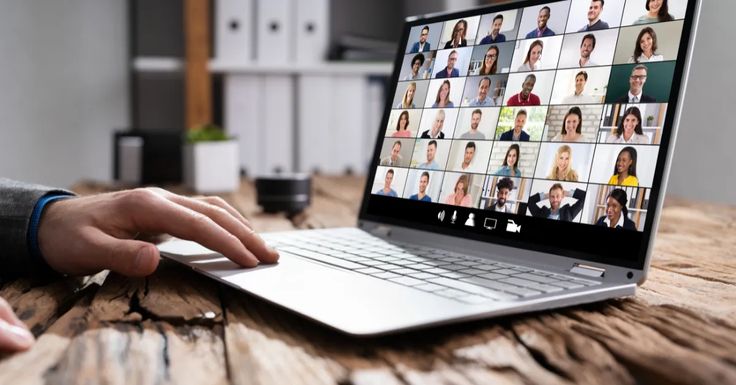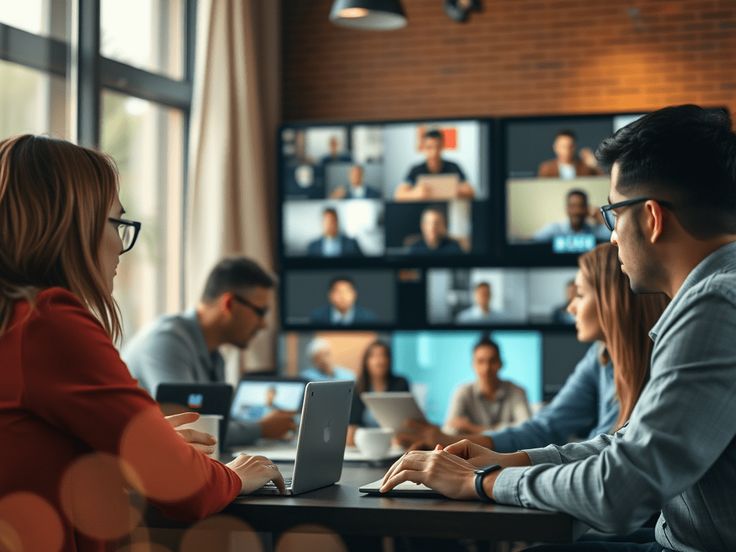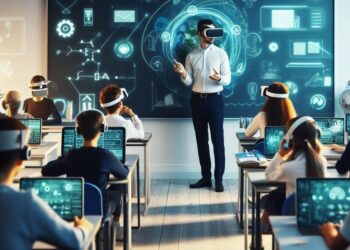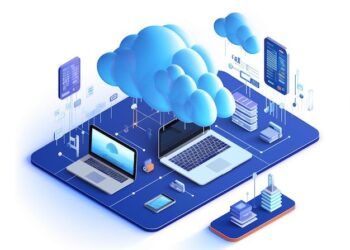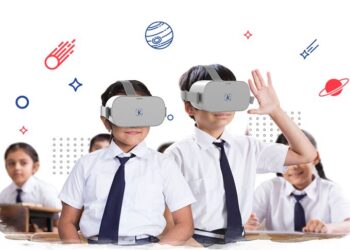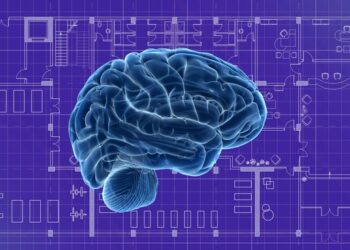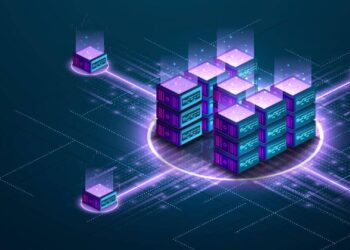The landscape of education has undergone a dramatic transformation in recent years, with remote teaching becoming an integral part of modern pedagogy. Educational institutions worldwide have been compelled to adapt quickly to digital learning environments, presenting both unprecedented challenges and innovative opportunities.
This comprehensive guide explores the multifaceted world of distance education, examining the obstacles educators face and providing practical solutions to enhance virtual learning experiences.
Understanding the Remote Learning Revolution
The shift toward remote education represents more than just a temporary adaptation; it signifies a fundamental change in how knowledge is transmitted and acquired. Traditional classroom dynamics have been reimagined through digital platforms, creating new paradigms for teacher-student interaction and educational delivery.
This evolution has necessitated a complete rethinking of pedagogical approaches, technological integration, and student engagement strategies.
Remote teaching encompasses various methodologies, from synchronous video conferences to asynchronous learning modules, hybrid models that blend in-person and virtual elements, and fully online educational programs.
Each approach presents unique advantages and challenges that educators must navigate skillfully to maintain educational quality and student satisfaction.
Major Challenges Facing Remote Educators
Technology Infrastructure and Access
One of the most significant barriers to effective remote teaching lies in technological limitations. Many educators and students struggle with inadequate internet connectivity, outdated devices, and insufficient technical support systems.
These infrastructure challenges create disparities in educational access and can severely impact learning outcomes.
Internet bandwidth issues frequently disrupt live video sessions, causing audio delays, frozen screens, and disconnected participants. Students in rural areas or low-income households may lack reliable high-speed internet, making real-time participation virtually impossible. Additionally, older computers and mobile devices may not support the latest educational software, limiting students’ ability to engage with interactive content.
Student Engagement and Motivation
Maintaining student attention and participation in virtual environments presents a formidable challenge for remote educators. The absence of physical presence eliminates many traditional engagement cues, making it difficult to gauge student comprehension and emotional states. Screen fatigue, home distractions, and the lack of peer interaction contribute to decreased motivation and participation rates.
Students often struggle with self-regulation in remote learning environments, lacking the structured atmosphere that physical classrooms provide. The temptation to multitask, browse social media, or simply turn off cameras creates barriers to meaningful learning experiences. Educators must develop innovative strategies to capture and maintain student interest throughout virtual sessions.
Communication Barriers and Isolation
Remote teaching can create communication gaps between educators, students, and parents. The informal conversations and spontaneous interactions that naturally occur in traditional classrooms are difficult to replicate in virtual settings. Students may feel isolated from their peers and instructors, leading to decreased sense of community and belonging.
Language barriers become more pronounced in remote settings, particularly for English language learners who rely heavily on visual cues and contextual support. The absence of non-verbal communication and reduced opportunity for clarification can impede understanding and participation among diverse student populations.
Assessment and Academic Integrity
Evaluating student learning and maintaining academic integrity in remote environments poses significant challenges. Traditional testing methods must be adapted for virtual delivery, while educators grapple with concerns about cheating and authentic assessment of student knowledge.
Online proctoring solutions, while helpful, can be invasive and technically challenging to implement. Alternative assessment strategies, such as project-based evaluations and portfolio assessments, require more time and resources to develop and grade effectively. Ensuring fair and accurate evaluation of student progress remains a complex undertaking in remote learning contexts.
Innovative Solutions for Remote Teaching Success
Technological Enhancement Strategies
A. Platform Optimization and Selection Choosing appropriate learning management systems and video conferencing platforms significantly impacts remote teaching effectiveness. Educators should select tools that offer stable connectivity, user-friendly interfaces, and comprehensive features for content delivery and student interaction. Regular platform updates and maintenance ensure optimal performance and security.
B. Interactive Content Development Creating engaging multimedia content helps combat the monotony of traditional lectures. Interactive presentations, virtual simulations, educational games, and multimedia resources can transform passive learning into active participation. Screen recording tools enable educators to create personalized instructional videos that students can access repeatedly.
C. Mobile-Friendly Resources Developing mobile-compatible learning materials ensures accessibility for students using smartphones and tablets. Responsive design principles and mobile applications extend learning opportunities beyond traditional computer-based platforms, accommodating diverse technological circumstances.
D. Technical Support Systems Establishing robust technical support networks helps address connectivity issues and software problems promptly. Training sessions for both educators and students on platform usage, troubleshooting techniques, and best practices minimize disruptions and maximize learning time.
Engagement and Motivation Enhancement
A. Interactive Teaching Methods Implementing polls, breakout rooms, virtual whiteboards, and collaborative documents encourages active participation. Gamification elements, such as points systems, badges, and leaderboards, can motivate students and create healthy competition within virtual classrooms.
B. Varied Instructional Approaches Combining synchronous and asynchronous learning elements accommodates different learning preferences and schedules. Flipped classroom models, where students review content independently and engage in discussions during live sessions, maximize interactive time and promote deeper understanding.
C. Personalized Learning Paths Adapting content delivery and pacing to individual student needs enhances engagement and learning outcomes. Differentiated instruction techniques, customized assignments, and flexible deadlines accommodate diverse learning styles and circumstances.
D. Regular Check-ins and Feedback Frequent communication with students through individual conferences, feedback sessions, and progress monitoring helps maintain connection and motivation. Quick response times to student inquiries and concerns demonstrate commitment to their success and well-being.
Communication and Community Building
A. Virtual Office Hours Establishing regular availability for student consultation replicates the accessibility of traditional classroom environments. Scheduled office hours, drop-in sessions, and appointment systems ensure students have opportunities for individual support and guidance.
B. Peer Interaction Facilitation Creating opportunities for student collaboration through group projects, discussion forums, and study groups helps maintain social connections. Virtual coffee breaks, informal chat sessions, and peer mentoring programs foster community building among remote learners.
C. Parent and Guardian Involvement Regular communication with families keeps parents informed about student progress and learning expectations. Virtual parent-teacher conferences, progress reports, and home learning support resources strengthen the educational support network.
D. Cultural Responsiveness Acknowledging and incorporating diverse cultural perspectives and learning styles creates inclusive virtual environments. Multilingual resources, cultural celebration activities, and diverse representation in curriculum materials promote equity and belonging.
Assessment Innovation and Integrity
A. Alternative Evaluation Methods Portfolio-based assessments, project presentations, and performance tasks provide authentic measures of student learning. Open-book examinations, research projects, and collaborative assignments emphasize critical thinking over memorization.
B. Formative Assessment Integration Frequent low-stakes quizzes, discussion participation, and real-time feedback help monitor student progress continuously. Digital tools for immediate response and peer assessment create multiple touchpoints for evaluation.
C. Academic Integrity Promotion Clear communication about expectations, honor codes, and consequences helps maintain ethical standards. Educational approaches that emphasize understanding over grades, original thinking, and collaborative learning reduce incentives for dishonest behavior.
D. Flexible Evaluation Timelines Extended deadlines, multiple attempt options, and varied submission formats accommodate different circumstances and technical challenges. Understanding and accommodating individual student needs while maintaining academic standards requires careful balance and clear policies.
Professional Development for Remote Teaching Excellence
Successful remote teaching requires ongoing professional development and skill enhancement. Educators must continuously update their technological proficiency, pedagogical knowledge, and student engagement strategies to remain effective in virtual environments.
Training programs should focus on platform mastery, digital content creation, online communication techniques, and virtual classroom management. Collaboration with colleagues, participation in professional learning communities, and ongoing research into best practices help educators refine their remote teaching abilities.
Future Perspectives and Sustainable Practices
The evolution of remote teaching continues as technology advances and educational needs change. Artificial intelligence integration, virtual reality applications, and adaptive learning systems promise to enhance personalized education delivery. However, the human element of teaching remains irreplaceable, requiring educators to balance technological innovation with meaningful human connection.
Sustainable remote teaching practices must consider environmental impact, cost-effectiveness, and long-term student outcomes. Hybrid models that combine the benefits of in-person and virtual learning may represent the future of education, offering flexibility while maintaining essential social and collaborative elements.
Conclusion
Remote teaching challenges require innovative, comprehensive solutions that address technological, pedagogical, and social aspects of virtual learning. Success in distance education depends on thoughtful planning, continuous adaptation, and commitment to student-centered approaches.
By embracing technology while prioritizing human connection, educators can create engaging, effective, and inclusive remote learning experiences that prepare students for an increasingly digital world.
The transformation of education through remote teaching represents both an opportunity and a responsibility. Educators who master these challenges and implement effective solutions will not only survive but thrive in the evolving educational landscape, creating meaningful learning experiences that transcend physical boundaries and prepare students for future success.

